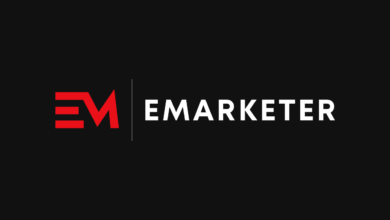The Unsexy Future of Generative AI Is Enterprise Apps

However, that amount includes massive funding from corporate backers, like Microsoft’s infusion of capital into OpenAI and Amazon’s funding of Anthropic. Stripped down to conventional VC investments, funding in 2023 for AI startups was much smaller, and only on pace to match the total amount raised in 2021.
Pitchbook senior analyst Brendan Burke noted in a report that venture capital funding was increasingly being funneled towards “underlying core AI technologies and their ultimate vertical applications, instead of general-purpose middleware across audio, language, images, and video.”
In other words: A GenAI app that helps a company generate ecommerce sales, parse legal documents, or maintain SOC2 compliance is probably a surer bet than one that drums up a clever video or photo once in a while.
Clay Bavor, the cofounder of Sierra, says he believes it’s not necessarily computing or cloud API costs driving AI startups towards B2B models, but more likely the benefits of targeting a specific customer and iterating on a product based on their feedback. “I think everyone, myself included, is fairly optimistic that the capabilities of these AI models are going to go up while costs come down,” Bavor says.
“There’s just something really powerful about having a clear problem to solve for a particular customer,” he says. “And then you can get feedback on, ‘Is this working? Is this solving a problem?’ And if you build a business with that, it’s very powerful.”
Although ChatGPT triggered an AI boom in part because it can nimbly generate code one second and sonnets the next, Arvind Jain, the chief executive of AI startup Glean, says the nature of technology still favors narrow tools. On average a large company uses more than a thousand different technical systems to store company data and information, he says, creating an opportunity for a lot of smaller companies to sell their tech to these corporations.
“We are in this world where there are basically a bunch of functional tools, each solving a very specific need. That’s the way of the future,” says Jain, who spent more than a decade working on search at Google. Glean powers a workplace search engine by plugging into various corporate apps. It was founded in 2019 and has raised over $200 million in venture capital funding from Kleiner Perkins, Sequoia Capital, Coatue, and others.
Error Checking
Tuning a generative AI product to serve business customers has its challenges. The errors and “hallucinations” of systems like ChatGPT can be more consequential in a corporate, legal, or medical environment. Selling gen AI tools to other businesses also means meeting their privacy and security standards, and potentially the legal and regulatory requirements of their sector.
“It’s one thing for ChatGPT or Midjourney to get creative for an end user,” Bavor says. “It’s quite another thing for AI to get creative in the context of business applications.”
Bavor says Sierra has dedicated “a huge amount of effort investment” to establishing safeguards and parameters so it can meet security and compliance standards. This includes using … more AI to tune Sierra’s AI. If you’re using an AI model that generates correct responses 90 percent of the time, but then layer in additional technology that can catch and correct some of the errors, you can achieve a much higher level of accuracy, he explains.
“You really have to ground your AI systems for enterprise use cases,” says Jain, the CEO of Glean. “Imagine a nurse in a hospital system using AI to make some decision about patient care—you simply can’t be wrong.”
A less predictable threat to smaller AI companies selling their wares to enterprise customers: What if a giant gen AI unicorn like OpenAI, with its burgeoning sales team, decides to roll out the exact tool that a singular startup has been building?
Many of the AI startups WIRED spoke with are trying to move away from depending entirely on OpenAI’s technology by using alternatives like Anthropic’s Claude or open-source large language models like Meta’s Llama 3. Some startups are even intent on eventually building their own AI technology. But many AI entrepreneurs are stuck paying for access to OpenAI’s tech while potentially competing with it in the future.
Peiris, of Tome, considered the question, then said that he’s singularly focused on sales and marketing use cases now and “being amazing at high-quality generation for these folks.”



